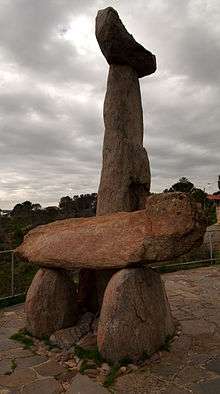Tjilbruke

Tjilbruke (also Tjirbruki) is an important Creation Ancestor for the Kaurna people of the Adelaide plains in the Australian state of South Australia. The lore tells of a time when all the people lived in accord with peaceful trading laws which governed all the people's lives. The law was brought to the land, and 'Old Tjirbruki', who lived as an ordinary man, a keeper of the law which came from the south, after the water covered the land. Tjirbruki's dearly loved nephew was killed, for breaking the law and killing a female emu; he came and carried the body of his nephew down the east coast of Gulf St Vincent, after his nephew was killed while hunting. The path Tjilbruke took along the coast is wrongly referred to as "Tjilbruke's Trail". It should be referred to as the Tjirbruki Dreaming Tracks, and is a journey into the hunter gatherer people's past, and the long history of the land. This songline pre-exists European contact and is part of the oral history of Indigenous Australians.
The site at Warriparinga ("windy place by the river") is the Gateway of Tjilbruke Dreaming. This site is situated at Bedford Park within the grounds of Warriparinga Wetland and Sturt River. A ceremonial camp site for Kaurna.
In 2001 a federal government-funded reconciliation project in partnership with the city of Marion and the Kaurna community (Dixon and Williams clans) built a visitor and education centre for indigenous and non-indigenous people to come together and reconcile their differences in the now metropolitan suburb of Marion, South Australia.[1] The Tjilbruke dreaming story cover 4 councils following the southern Adelaide coastline through to Rapid Bay and Cape Jervis.
The trail is marked by the tears of Tjirbruki, which created the natural springs, and was marked by cairns and plaques during the 150th celebration of the "Settlement" of the state of S.A. They can be found along the coast, and in close proximity to the sea shore, starting at Kingston Park and continuing south along the coast to Rapid Bay. The story of Tjilbruke tells that at sunset every night of his journey Tjilbruke would cry over his nephew's body and his tears became a spring.
References
- ↑ "Living Kaurna Cultural Centre". City of Marion. Retrieved 3 November 2016.